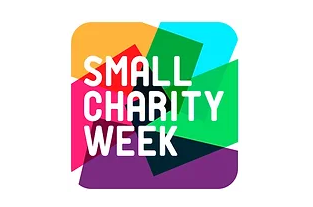Donors can be grouped into five key types, ranging from those who give to feel part of a community to those who are motivated to act in an emergency, according to latest research.
The research into donor types has been carried out by consultancy Eden Stanley with the Chartered Institute of Fundraising and the GOOD Agency.
The five groups it has identified are:
• Protectors, who are motivated by causes which directly impact them or someone close to them.
• Believers, who are moved to donate by a compelling need they’ve been shown and the belief their donation will make a tangible difference.
• Pioneers, who see donating as a means of expressing their values or ethics and inspiring others.
• Responders, who spring into action when they see a specific need in their community or in the event of an emergency.
• Joiners, who donate as part of a social activity, to feel part of a group.
Researchers’ segmentation of donor types is based on a survey of 3,000 people on their engagement with charities.
They found that ‘protectors’ who are directly impacted by a cause are often older, with two thirds of this group aged over 50.
In contrast seven in ten ‘joiners’ are aged between 18 and 39.
“Charities need to understand what moves specific audiences to action” as they look to improve their targeting of donors and fundraising efforts, said Eden Stanley founder Joe Barrell.
“We know, for example, that people who fall into the oldest category of ‘protectors’ will be most engaged by causes that directly affect them or those close to them.
“Meanwhile ‘joiners’, the majority of whom are among younger generations, want the opportunity to feel like part of a social group and to find like-minded souls – and are the least likely to be exposed to charity fundraising.
“By identifying which donor types make up current supporter bases, and which audiences they should target – and how – charities will give themselves the best chance of boosting donations and futureproofing their fundraising strategies.”
Charity Times video Q&A: In conversation with Hilda Hayo, CEO of Dementia UK
Charity Times editor, Lauren Weymouth, is joined by Dementia UK CEO, Hilda Hayo to discuss why the charity receives such high workplace satisfaction results, what a positive working culture looks like and the importance of lived experience among staff. The pair talk about challenges facing the charity, the impact felt by the pandemic and how it's striving to overcome obstacles and continue to be a highly impactful organisation for anybody affected by dementia.
Charity Times Awards 2023
Mitigating risk and reducing claims

The cost-of-living crisis is impacting charities in a number of ways, including the risks they take. Endsleigh Insurance’s* senior risk management consultant Scott Crichton joins Charity Times to discuss the ramifications of prioritising certain types of risk over others, the financial implications risk can have if not managed properly, and tips for charities to help manage those risks.
* Coming soon… Howden, the new name for Endsleigh.
* Coming soon… Howden, the new name for Endsleigh.
Better Society

© 2021 Perspective Publishing Privacy & Cookies











Recent Stories